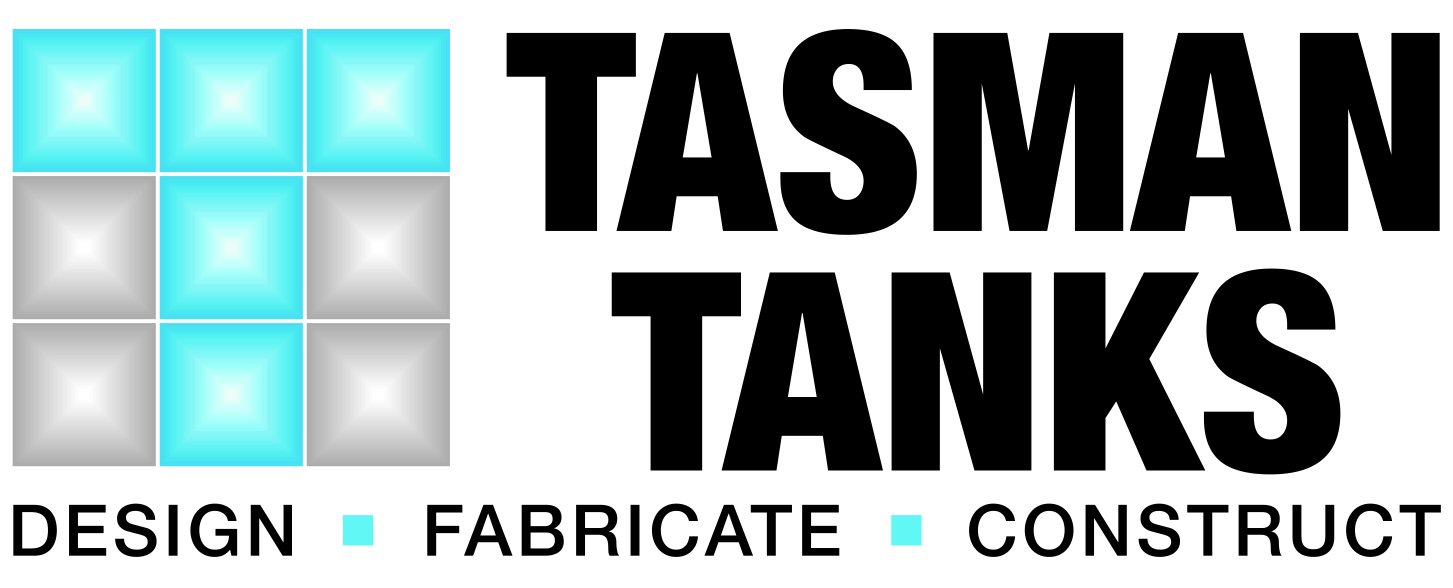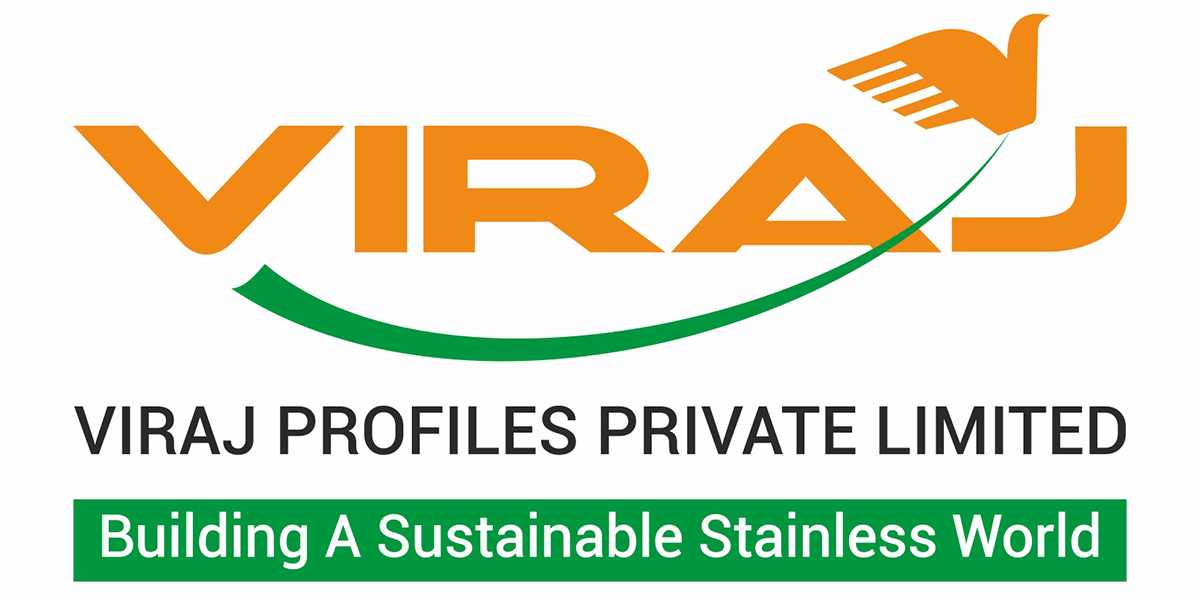purge welding to minimise heat tint

Stainless steel is frequently specified for food production, pharmaceutical, chemical and industrial applications due to its corrosion resistance and cleanability. It is vital in these sorts of applications to avoid or remove the oxide heat tint or scale that forms when weld metal is melted, because this heat tint is non-protective and provides a place for bugs to settle or for corrosion to start in certain conditions. Purge welding is particularly useful in these circumstances if no post weld cleaning is possible, e.g. inside tubes.

What is heat tint?
Figure 1 (right) shows the typical heat tint formed on the welded side if stainless steel is welded without excluding oxygen. The thickest, darkest oxide is in the centre (where the metal was hottest for longest) and a similar double rainbow will form on the opposite, root side of the stainless steel.
However, if access is good, such as in a tank or large vessel, then the back of the weld can be protected by gas flowing through a backing bar or even by manually or automatically blanketing the weld root with an inert gas from a lance. Unfortunately, this is not practicable in small diameter tubes. Further, post weld cleaning of the surface may not be permitted in pharmaceutical or food industry tubing with highly polished surfaces.
How is heat tint minimised?
Purge welding is a method used to ensure that, with no post weld treatment, the root of TIG welds in tube or pipe has no more than a pale straw heat tint. This level of colouration is specified in AS/NZS 1554.6 and AWS D18.1/D18.1M:2009 (level 3) as the maximum permitted for tube to be used in the as-welded condition both for corrosion resistance and hygienic applications (see Figure 2 below).

The heat tint control is achieved by maintaining oxygen levels <50ppm (0.005%) while the metal is hotter than ~250oC. It is assumed that weld preparation, heat input and weld technique are controlled to provide a full penetration weld with a smooth, cleanable profile suitable for Clean In Place (CIP) procedures.
 Mechanical orbital TIG welding equipment should give the same result if the manufacturer’s instructions are followed. Modern orbital welders are relatively narrow and can weld close to an elbow, i.e. near the edge of the welding head, as shown by the offset distance in Figure 3 (right), which represents a side view of an elbow being welded. The orbital welder clamps around the pipe and, after purging, rotates automatically while TIG welding the join.
Mechanical orbital TIG welding equipment should give the same result if the manufacturer’s instructions are followed. Modern orbital welders are relatively narrow and can weld close to an elbow, i.e. near the edge of the welding head, as shown by the offset distance in Figure 3 (right), which represents a side view of an elbow being welded. The orbital welder clamps around the pipe and, after purging, rotates automatically while TIG welding the join.
If a consumable is used it must be at least as corrosion resistant as the tube or pipe material. Otherwise, the narrow weld could corrode rapidly if the tube was used in a corrosive environment. Purge gas must be dry and is normally argon, although low oxygen nitrogen can be used (even for duplex tubing). However, if there is excessive leakage into the arc, then phase balances can be disturbed and cause either cracking, poor toughness or lower corrosion resistance.
For long lengths of tube or pipe it is common to use removable dams to contain the purge gas. There are two main types of dams illustrated in Figure 4 below:
- water soluble paper and adhesive tape inserted on either side of the weld area before assembly and flushed away afterwards; or
- rubber lipped dumbell shaped assemblies with one end of the assembly attached to a purge feedline and cable for removal after the weld has cooled. The other dam disc contains a vent to avoid pressurising the purged area. Inflatable bladders can also be used instead of the rubber seals.
Custom-made tapered foam discs with a rubber backing and a covering hat may also be used if externally welding a flange to a pipe.

Purge welding tips and tricks
Purge welding is a skill and it is important that the welder is qualified for the weld. It is also essential to assess if he/she is competent to weld on the day. The weld preparation must include verification that the longitudinal weld profile in the tube will permit a gas tight seal for purging.
When the dams are inserted into each section of the tube or pipe, the feed tube and extraction wire must not be tangled. The dam spacing must be large enough so they are not overheated but, typically, a couple of hundred millimetres is adequate. The weld area must be cleaned with a new wipe and volatile solvent, and then allowed to dry before checking the area is clean. The weld area must not be touched.
 Align the matching faces and start the pre-purge. The flow should be turbulent enough to remove air from the surface of the pipe, i.e. ensure the stagnant, boundary layer is very thin. Venting must be sufficient to prevent pressurisation or reverse, swirling flow which will mix purge gas with the existing air and reduce the effectiveness of the pre-purge. Either monitor the exit purge gas with a meter (as shown in Figure 5, right) until the oxygen level is acceptable or purge until at least 10 times the dammed volume has flowed. If a significant root gap is required then it can be taped over during this purge. However, care is needed to avoid contaminating the clean weld preparation with the tape adhesive. After pre-purging, reduce the gas flow to avoid blowing out the weld and commence welding.
Align the matching faces and start the pre-purge. The flow should be turbulent enough to remove air from the surface of the pipe, i.e. ensure the stagnant, boundary layer is very thin. Venting must be sufficient to prevent pressurisation or reverse, swirling flow which will mix purge gas with the existing air and reduce the effectiveness of the pre-purge. Either monitor the exit purge gas with a meter (as shown in Figure 5, right) until the oxygen level is acceptable or purge until at least 10 times the dammed volume has flowed. If a significant root gap is required then it can be taped over during this purge. However, care is needed to avoid contaminating the clean weld preparation with the tape adhesive. After pre-purging, reduce the gas flow to avoid blowing out the weld and commence welding.
Plan the welding to minimise positional welding with its less controlled weld profile and heat input. If the ends are not well restrained by a jig, tack them (but ensure the tack is also gas shielded). Thicker wall materials may require a trailing shield to ensure air does not contact the external metal while it is hot enough to oxidise. This is not an issue if external mechanical cleaning is acceptable.
Summing up
Stainless steel’s unique characteristics make it the ideal material in many highly-sensitive applications, but it is vital that it is handled appropriately so it performs as required. Purge welding to avoid heat tint is one example where getting it right from the outset ensures corrosion resistance, cleanability and, ultimately, longevity.














